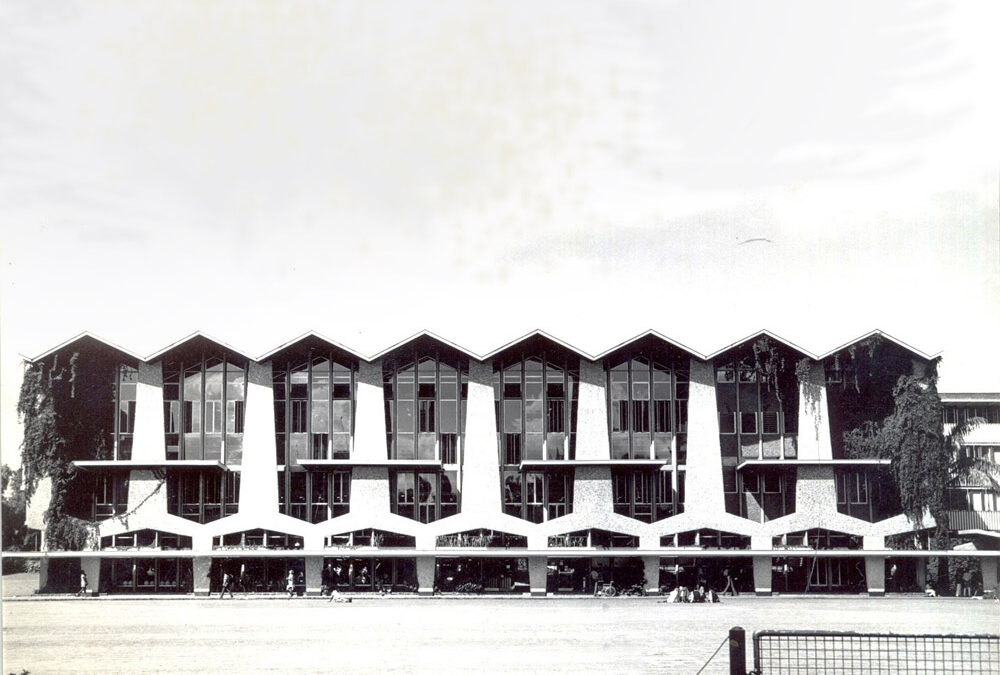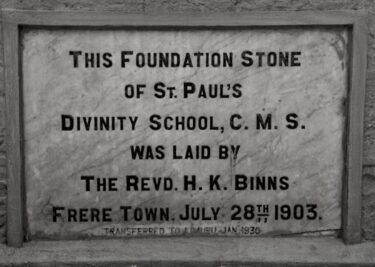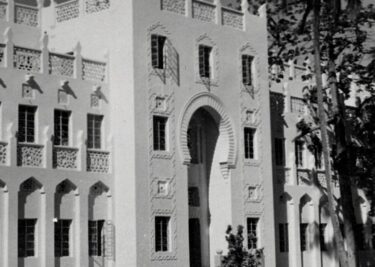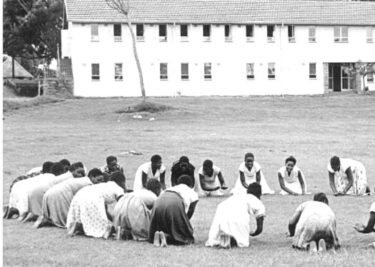The History of University of Nairobi

Image credit: Archidatum
Before independence, limited opportunities for higher learning in Kenya forced eager young Africans to travel abroad for their studies. This trend was unsettling to the colonial government which was concerned with the long-term political consequences that such exposure might bring. To safeguard their colonial interests, a proposition to establish a technical and commercial institution arose in 1947. It was hoped that this school would control the influx of students travelling abroad and interacting with ideologies that might threaten British rule.
Ready, Set, Build
As the planning process got underway in subsequent years, the idea morphed into a higher learning institute to serve the East African territories. This concept of inter-territoriality was ideal for integrating the three British colonies – Kenya, Uganda, and Tanganyika. The vision started coming to life in February 1951. Funding for construction flowed in from the Colonial Development and Welfare Scheme. The project’s final green light came from the Governor of Kenya, who granted a Royal Charter for the establishment of the Royal Technical College of East Africa. With all the prerequisites met, construction kicked off on 25th April 1952. The stone-laying ceremony took place on a site along King’s Way on the outskirts of the city.
More funding for the college’s construction came from the Ghandi Memorial Society in 1954. These funds were initially earmarked for establishing an arts, science, and commerce academy as a memorial to Mahatma Ghandhi. Seeing as there would be overlap in the courses offered at the two learning institutions, the East African High Commission incorporated the academy into the college. The Ghandhi Memorial Society gained representation on the college’s governing council as a reward for their donation.
Changing Times
The Royal Technical College of East Africa opened its doors to its first students in October 1956. Of its 215 students, 105 were Africans, 100 Asians, and 10 were Europeans. The courses offered fell under six departments: architecture, arts, commerce, domestic science, engineering, and science. The foundational diploma-level education received at this institution aimed to qualify students for entry into university studies elsewhere. This changed in 1961. The East Africa High Commission upgraded RTCEA to a university college. This of through the recommendation of a working party that had assessed the quality of education offered. Its name subsequently changed to Royal College, Nairobi. It became the second university college established in East Africa after Makerere in Kampala, Uganda. After receiving this upgrade, Royal College made arrangements with the University of London to offer examinations that awarded bachelor’s degrees from the university.
The Short-Lived Dream
Development moved swiftly afterwards. In 1961, the establishment of University College, Dar es Salaam became the final phase needed to institute the University of East Africa. The university inaugurated on 28th June 1963, with Tanganyika’s President Julius Nyerere as its first Chancellor. The ceremony took place in Gloucester Hall at Royal College, Nairobi. A year later, the college’s name changed to University College, Nairobi to reflect its new status as a part of the university. The University of East Africa began granting its own degrees, no longer relying on the University of London for this purpose.
To limit unnecessary duplication of courses, Makerere took on the faculties of agriculture and medicine. University College, Dar es Salaam offered law, while University College, Nairobi taught architecture, engineering, and veterinary science. But as the vestiges of colonial rule weakened in the post-independence era, the need for an inter-territorial university for the three former colonies waned. In 1967, the University College, Nairobi established its own medical faculty. This was the first sign of a crack within the institution; the University of East Africa came crumbling down three years later when it formally disbanded. Thus, the University of Nairobi was established on 1st July 1970.
Pioneers in Education
Under this name, the University of Nairobi has grown by leaps and bounds. For one, its landmark status in the rapidly expanding city influenced the renaming of King’s Way to University Way. In addition, a constituent college of the university began on the former Templer Barracks as Kenyatta University College in 1970. This became Kenyatta University, which spawned the Jomo Kenyatta University of Agriculture and Technology in 1988. From one university, two other renowned learning institutions trace their origins. This was a true mark of the pioneering standard set by Kenya’s oldest university.
As of 2022, the University of Nairobi has six colleges, a growing student population of over 84000, more than 100 bachelor’s and master’s courses, and multiple campuses within and outside Nairobi. It also has the largest university library catalogue in Kenya. Through its staff, it continues to uphold its mandate which is emblazoned in its motto – unitate et labore – in unity and work.
UoN alumni, sound off in the comments and share some memorable moments from your time at your alma mater.
#KeSchools



